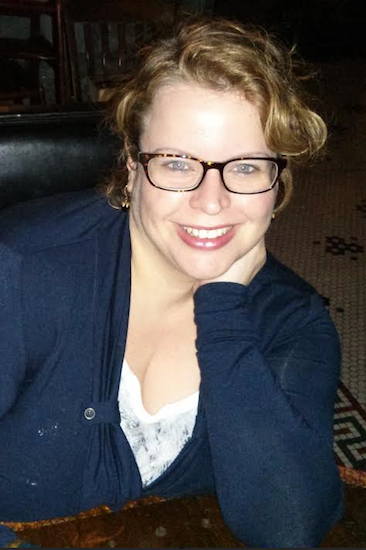Faith In Brooklyn for Aug. 14

Program Nurturing Jewish Identity Expands Throughout Brooklyn
Keshet, a successful and well-known educational community afterschool program for Israelis in Brooklyn, is expanding with the support of the Israeli-American Council (IAC) and will be renamed IAC-Keshet Programs.
IAC-Keshet is an afterschool Hebrew dual language program for both Hebrew- and non-Hebrew-speaking children, ages 3 and up. In addition to Hebrew-language education, IAC-Keshet also explores different aspects of Jewish and Israeli identity, helping students make a strong connection to Israel. The Hebrew word Keshet means “rainbow.”

Brooklyn Boro
View MoreNew York City’s most populous borough, Brooklyn, is home to nearly 2.6 million residents. If Brooklyn were an independent city it would be the fourth largest city in the United States. While Brooklyn has become the epitome of ‘cool and hip’ in recent years, for those that were born here, raised families here and improved communities over the years, Brooklyn has never been ‘uncool’.